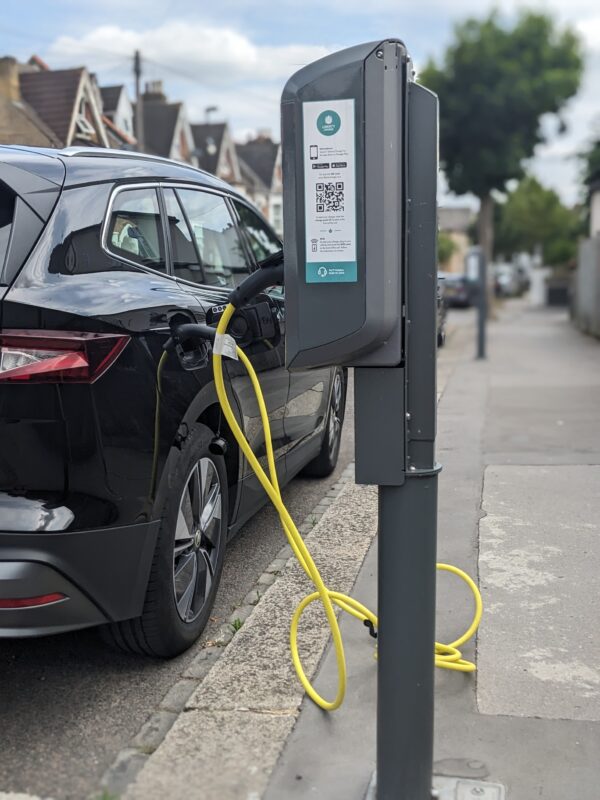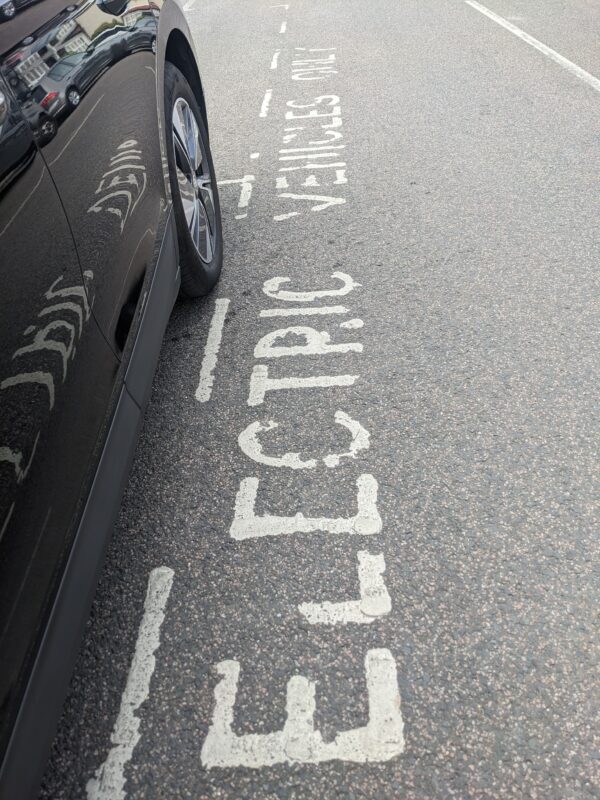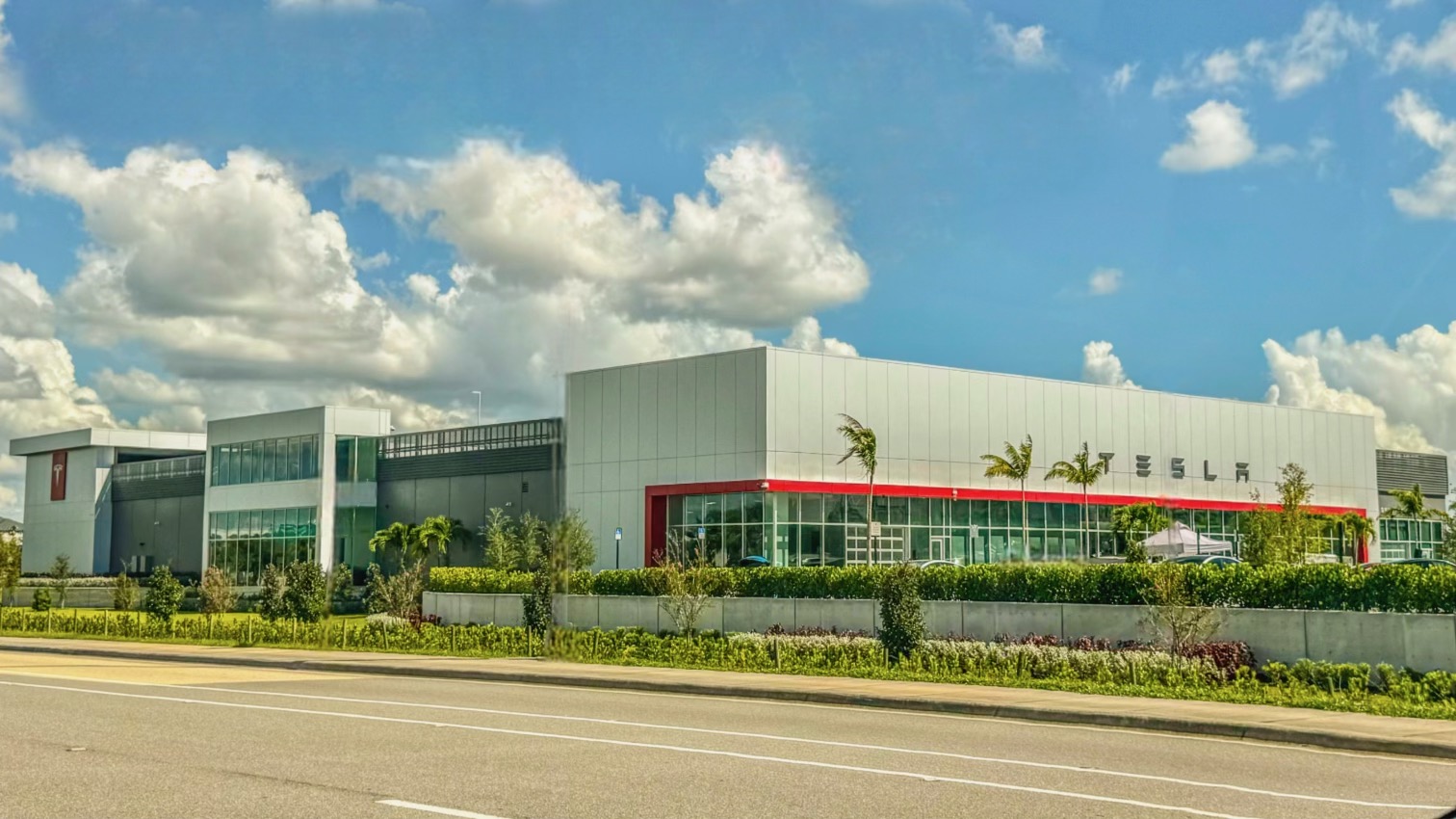
Several states are mandating all-electric vehicle sales by 2035, and one of the most commonly asked questions surrounding widespread EV adoption is “Can the grid handle all those electric cars?” In their latest white paper, GridBeyond tackles the issues surrounding the rapid uptake of EV options, and how vehicle-to-everything (“V2X”) tech could offer solutions – and opportunities – for the companies that know how to take advantage of it.
GridBeyond looks at the impact EVs are having on some of the world’s largest economies as their governments move to reduce carbon emissions and push pack the effects of climate change. Their white paper, titled, “The Electrification Era- Scaling up Electric Vehicles,” paints a picture of EVs as a tool that could help strengthen existing infrastructures by leveraging vehicle-to-grid, artificial intelligence and internet of things (IoT) devices to optimize the use of distributed energy resources (DERs) in real time.

Image courtesy GridBeyond
“In most grids, the peak hours are the ones right when people are arriving home from work, so if business fleets finish operations at 5pm and immediately plug their EV fleet in to charge, that is going to be difficult for the grid operator,” says Michael Phelan, Co-Founder and Chief Executive of GridBeyond. “However, with challenge comes opportunity. Given EVs are essentially a battery on wheels, they can be utilised as an energy storage system.”
We’ve talked about how EV batteries – both active batteries “in use” in vehicles and used batteries in “second life” applications – can be used to support the grid and reduce fossil fuel dependence at schools and hospitals during natural disasters in the past, and it’s a concept that Nissan has put into practice on a small scale in a Japanese pilot program … but GridBeyond is thinking much, much bigger than that.
GridBeyond looks at all EVs, collectively, as a sort of network – a decentralized energy storage system that could be organized intelligently, then be “tapped” for additional energy by emerging smart grid and V2X technology to help manage excessive loads caused by extreme weather events like the California heat waves or Texas ice storms of recent years – and that’s not the only kind of opportunity V2X presents.
“Price dynamics are already creating an opportunity for EV owners,” explains Phelan. “We are helping some of our customers by finding the optimal tariffs to reduce their charging costs. By automating their systems to charge only when the electricity price has fallen to a given level, we are helping to reduce our customers’ costs.”
We have a ways to go before we get there from here, of course – but that leap may not be as far as you think, and the transition to a Net Zero economy is driving increasingly rapid changes in the energy sector. That means there’s a significant need for scalable and real-time solutions to manage the energy system of tomorrow.

Image courtesy GridBeyond
To find out more and stay ahead of the game, download The Electrification Era- Scaling up Electric Vehicles by GridBeyond using the link below. Then let us know what you think of GridBeyond’s analysis in the comments.
This article is sponsored by GridBeyond.
I don’t like paywalls. You don’t like paywalls. Who likes paywalls? Here at CleanTechnica, we implemented a limited paywall for a while, but it always felt wrong — and it was always tough to decide what we should put behind there. In theory, your most exclusive and best content goes behind a paywall. But then fewer people read it! We just don’t like paywalls, and so we’ve decided to ditch ours. Unfortunately, the media business is still a tough, cut-throat business with tiny margins. It’s a never-ending Olympic challenge to stay above water or even perhaps — gasp — grow. So …
Sign up for daily news updates from CleanTechnica on email. Or follow us on Google News!
Have a tip for CleanTechnica, want to advertise, or want to suggest a guest for our CleanTech Talk podcast? Contact us here.
Former Tesla Battery Expert Leading Lyten Into New Lithium-Sulfur Battery Era:
CleanTechnica uses affiliate links. See our policy here.






